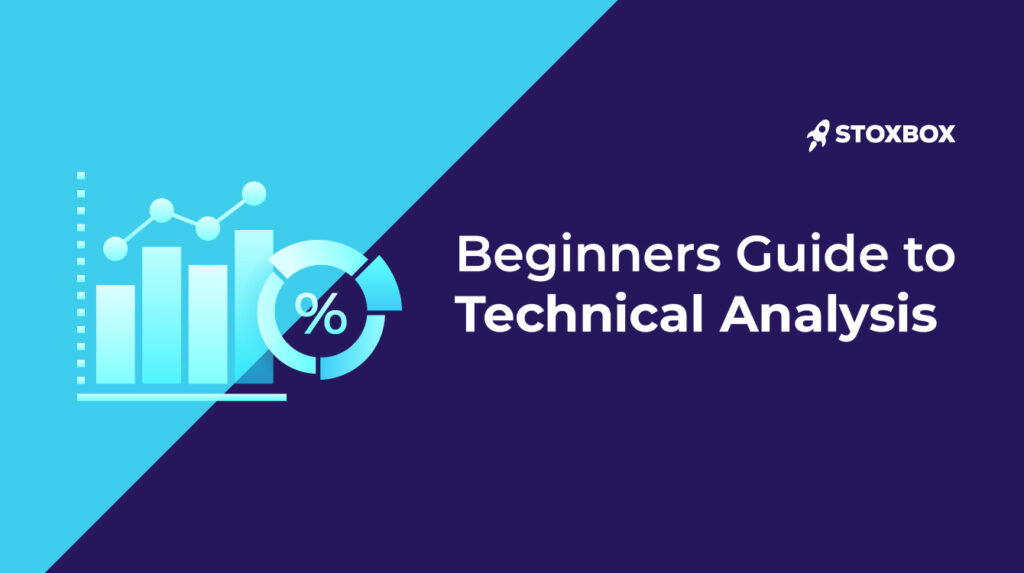These days, everyone has dabbled in investments and trading culture with a Demat account. You can find hundreds of articles giving you pointers on how to begin your journey in the world of the stock market, but here, we want to give just a little bit more.

In this article, we will explore how live stock research and data analytics help us gain insights into the stock market while uncovering innovative approaches that will revolutionize our understanding of financial markets.
Why Is Data Important?
Investing has never been easier; you can sit in the comfort of your home or a cubicle in your office and trade and invest in whichever stock you would like. However, staying ahead of the curve is based on making informed decisions using data and advanced analytics. With data, you can buy shares online by utilizing logic rather than just intuition and experience (especially when data can be so easily attainable these days! ). You can use stock trading apps like StoxBox to access live stocks charts to get real-time data.
Predictive analytics:
Being called predictive has never been a compliment, has it? We all want to be different and eccentric instead of blending in with the crowd. Well, thankfully, your data isn’t like that. Using vast amounts of historical market data (combined with machine learning algorithms), investors can identify patterns and trends that may indicate future stock price movements. Predictive analytics allows traders to make more accurate forecasts and adjust their strategies accordingly. With a zero brokerage Demat account, you can access the tools and information you need to make smarter investment decisions.
Data Visualization:
With our attention span getting shorter every passing decade, it is no wonder it’s hard to process fine print and the tons of data available today. Through innovative and interesting data visualization techniques such as charts, graphs, and heat maps, investors can transform complex sets of data into actionable insights. Visual representations not only help to identify trends and patterns more effectively, but also promote communication and decision-making among shareholders. This is also beneficial in the context of zero brokerage trading.
Sentiment analysis:
When discussing data analytics, we don’t just talk numbers; investor sentiment can also play a big role in the overall mood of the market. Social media, news articles, trending content, and other sources can influence and disturb the emotional stability of our investors. After all, we are only human. Some analytical tools, such as those powered by AI, factor sentiments too.
Risk management:
Using sophisticated risk models and simulations, investors can assess the impact of various scenarios on their portfolios. Relevant data such as historical market data, economic indicators, and more help these risk management tools help investors evaluate how different market conditions, economic events, or geopolitical factors may affect their portfolios. This is particularly important for intraday trading, which is considered to have greater risk than swing trading.
Test-drive your investments:
Starting off with real money can seem a bit scary. You have worked hard for this cash, and the worry that you might see it all dwindle to nothing is real. Which is also why we saved the best for last: algorithmic trading. Trading stocks with algorithms is perhaps the most disruptive application of big data in stock market analysis. By automating the execution of dealings based on predefined algorithms and criteria, algorithmic trading systems can react to market behavior in real-time and execute trades at speeds far beyond human capabilities.
To conclude, data analytics is reshaping stock market analysis in profound ways, empowering investors and traders with remarkable insights and advanced tools. Utilizing data analytics is essential for staying ahead in this industrious trading environment.